are existing joists for a new deck acceptable???
jaansu
12 years ago
Featured Answer
Comments (13)
weedyacres
12 years agolive_wire_oak
12 years agoRelated Professionals
Fresno Decks, Patios & Outdoor Enclosures · Livingston Decks, Patios & Outdoor Enclosures · Prichard Decks, Patios & Outdoor Enclosures · Conroe Home Builders · Brockton Flooring Contractors · Edmonds Flooring Contractors · Greer Flooring Contractors · New Orleans Flooring Contractors · Swansea Flooring Contractors · Winter Park Flooring Contractors · Cedar Park Siding & Exteriors · Hacienda Heights Siding & Exteriors · Hamden Siding & Exteriors · Honolulu Siding & Exteriors · San Jacinto Siding & Exteriorsjaansu
12 years agoweedyacres
12 years agoUser
12 years agobruey
12 years agojhyattmd
12 years agobrooklyndecks
12 years agojaansu
12 years agoweedyacres
12 years agojaansu
11 years agochris_nj
11 years ago
Related Stories
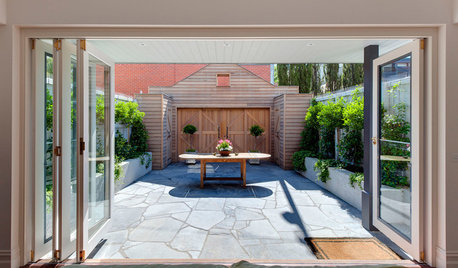
LANDSCAPE DESIGNHow to Pick the Right Paving and Decking Material
Once you’ve got the walls or fences of your garden figured out, it’s time to consider the ground surface or floors
Full Story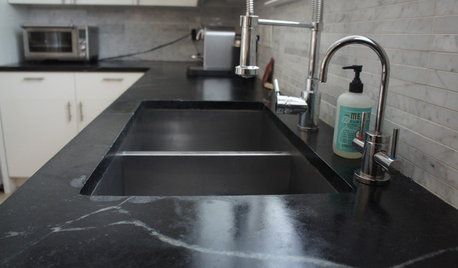
KITCHEN DESIGNSoapstone Counters: A Love Story
Love means accepting — maybe even celebrating — imperfections. See if soapstone’s assets and imperfections will work for you
Full Story
MOST POPULARWhat to Know About Adding a Deck
Want to increase your living space outside? Learn the requirements, costs and other considerations for building a deck
Full Story
DECKSDecking Materials Beyond Basic Lumber
Learn about softwoods, tropical hardwoods, composites and more for decks, including pros, cons and costs
Full Story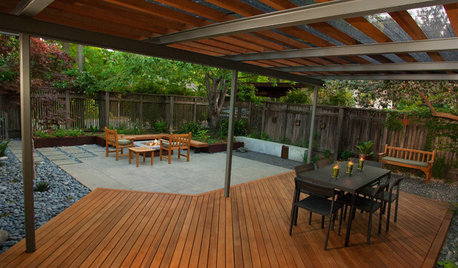
PATIOSPatio Details: Simple Materials Make for a Sophisticated Space
Low water bills and minimal maintenance are just part of the beauty of this handcrafted backyard deck and patio
Full Story
GARDENING AND LANDSCAPINGSeek Shelter in the Shade This Summer
Open up to outdoor living with 8 garden shade strategies
Full Story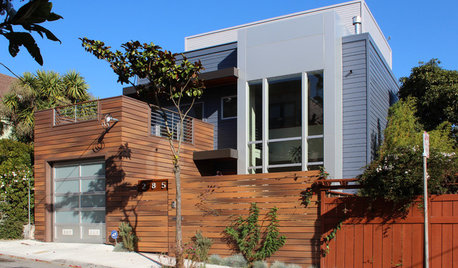
MATERIALSShould You Use Composite Timber in Your Landscape?
This low-maintenance alternative to wood is made from varying amounts of recycled plastic. Consider it for decks, fences and more
Full Story
DECLUTTERING10 Types of Clutter to Toss Today
Clear the decks and give the heave-ho to these unneeded items
Full Story
SMALL KITCHENSThe 100-Square-Foot Kitchen: Less Storage, More Cool
A friend’s sign, a demolished deck and pulled-up tile leave their marks on this hip U-shape in Texas
Full Story
HOUZZ TOURSHouzz Tour: Schoolhouse-Turned-Home in Chicago
A family of seven settles into a dream modern-industrial home that reflects both their green philosophy and their fun, casual lifestyle
Full StoryMore Discussions






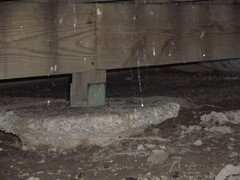
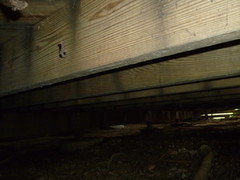
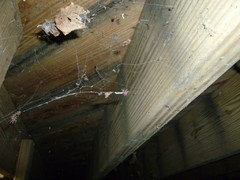




weedyacres